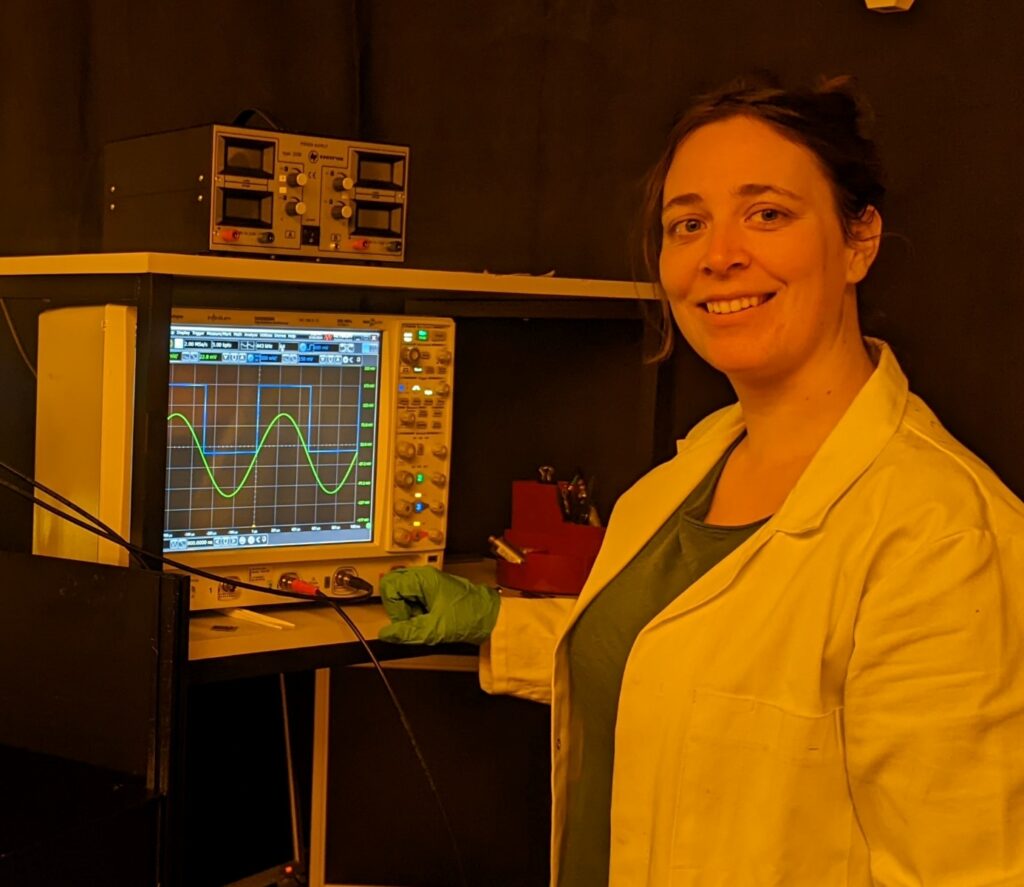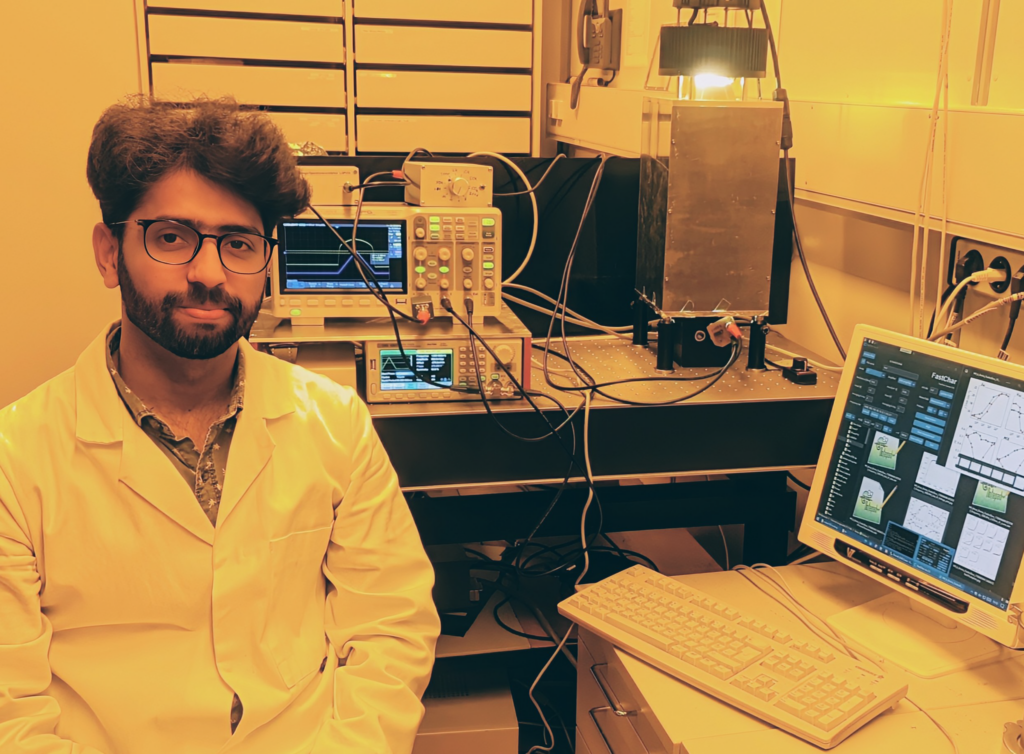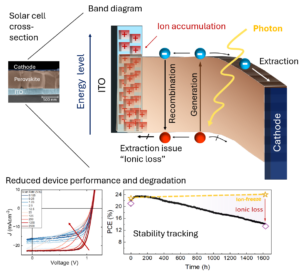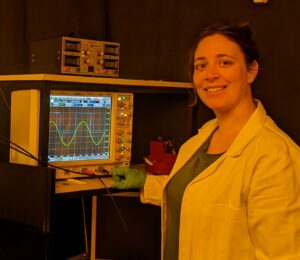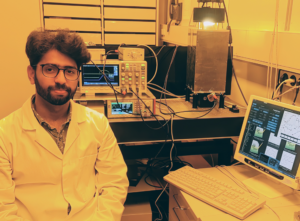CUHK
News Centre
Longer lifetime – CUHK discovers key degradation loss in perovskite semiconductors for more stable solar cells
- Perovskite tandem solar cells outperform traditional silicon cells, but their short lifetime hampers large-scale commercialisation
- CUHK researchers discover the underlying mechanism causing the poor stability and enable targeted improvements in their operational lifetime
A collaborative study led by Professor Martin Stolterfoht, Vice-Chancellor Early Career Professor in The Chinese University of Hong Kong (CUHK)’s Department of Electronic Engineering, identified a key degradation loss in perovskite solar cells that determines their operational lifetime. The findings, published in the journal Nature Energy, lay the foundation for new strategies to improve the lifetime of these next-generation solar cells.
Perovskite solar cells’ lifetime is the most important barrier to commercialisation
Solar energy from photovoltaics is one of the most widespread forms of renewable energy. Perovskite-based tandem solar cells, for example, a stack of two solar cells on top of each other, are considered a next-generation technology and have already eclipsed the performance of traditional silicon-based technologies, which currently dominate the market, with over 95% share. Single-junction perovskite cells are in principle cheaper to manufacture than silicon-based photovoltaic cells and come with a lower carbon footprint, meaning the amount of CO2 required per kWh produced by the solar cell. However, the lifetime of perovskite solar cells currently only spans a few years, which lags behind silicon cells by roughly one order of magnitude. This is the most important technical barrier to enabling large-scale commercialisation of perovskite solar cells.
Over the past decade, scientists have been conducting extensive research into the mechanisms that cause perovskite solar cell degradation, hoping to target these mechanisms to improve the cell’s lifetime. In the past, it was generally believed that the main reasons for the poor stability of perovskites include electronic defects, electrode oxidation, the nature of perovskites as hybrid electronic/ion semiconductors, or the tendency to chemically decompose under moisture and oxygen.
Ion-induced field screening plays a dominant role in the operational stability of perovskite solar cells
“However, our recent discovery work shows that an increase in defect concentration is clearly not a decisive factor in the degradation of perovskite solar cells in the context of wear and tear caused by long-term operation of the device,” said Professor Stolterfoht. “In contrast, perovskite semiconductors produce more and more mobile ions when exposed to external stressors (such as illumination). These ions screen the built-in electric field in the perovskite. This in turn reduces the extraction efficiency of photogenerated electrical charges and, therefore, the current produced by the solar cell. Our research shows that ionic field screening dominates the degradation losses in perovskite solar cells.”
This result was surprising to the researchers considering that this phenomenon had not previously been identified as a major cause of degradation loss in perovskite solar cells. The findings are therefore extremely important in bringing the stability of perovskite-based solar cells closer to the required industrial standards of a 25-year guaranteed lifetime. “Knowing the factors responsible for the degradation will allow us to devise new strategies to improve the cell lifetime and accelerate the development of perovskite tandem cells with outstanding stability. For example, our findings indicate that we can use the measured ionic properties detected in newly developed devices to accurately predict the lifetime of the cells. This could speed up the development of highly stable perovskite cells, without the need for time-consuming stability tests, which can last for weeks or months,” he added.
Link to Publication: Thiesbrummel, J., Shah, S. and Stolterfoht, M. et al., Ion-induced field screening as a dominant factor in perovskite solar cell operational stability. NENERGY-23010108 (2024). https://www.nature.com/articles/s41560-024-01487-w




